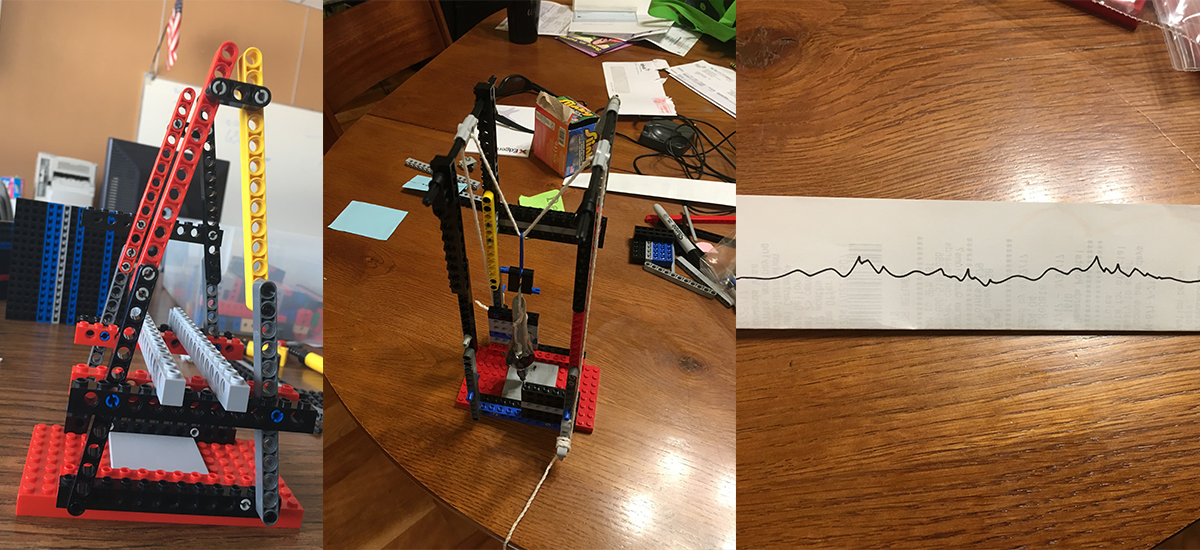by Tammy Bravo (IRIS) and Lea Gardine (Alaska Earthquake Center) - Spring 2017
Alaska is one of the most seismically active regions in the world, and EarthScope’s Transportable Array has provided new opportunities for Alaskan students to learn about earthquakes using real data collected from stations near them. To prepare teachers to take advantage of this opportunity, the Alaska Earthquake Center together with IRIS’s Education and Public Outreach (EPO) program are connecting teachers across the state and providing them with digital data and high-quality earthquake lessons for Alaska’s students. Previous collaborations with local teachers in the Lower 48 included IRIS EPO in-person workshops paired with USArray deployments, but the expanse and remoteness of Alaskan communities required a different approach.
We partnered with the University of Alaska Fairbanks School of Education and e-Learning and Distance Education Department to create a one-credit 15-week online course that provides the professional development necessary to enable teachers to bring real-time earthquake data into their classrooms. This course, offered to Alaska’s teachers during the 2017 spring semester, featured many of the same elements of the IRIS in-person professional development, and was modified to fit the new model of delivery. This shift to an online forum allowed teachers from across the state to collaborate with peers, learn the material at their own pace from their own communities, and ultimately find success with earthquake data in their own classrooms.
The online professional development course instructs teachers about earthquake science through weekly video lectures that vary from background concept explanations to guided videos that step teachers through hands-on classroom activities for students. Teachers are also guided through loading, monitoring, and analyzing real-time seismic data from Alaska stations using the free jAmaSeis software. This combination, along with weekly discussion forums where teachers explore implementation ideas and other issues of Alaskan earthquakes and community preparedness, provides teachers with the support they need to implement the lessons when they return to their own classrooms.
“I really need this kind of content support,” one rural teacher wrote. “The lessons are fabulous, too. I like going through them and actually doing them as a student. I will be able to teach these lessons with more depth and meaning. I just started teaching an Alaska Geology class and will be introducing these lessons with my students soon.”
Building on the experiences and evaluations of this first implementation, the course will be revised and offered again in the fall of 2017 to bring seismic data to the classrooms of an additional cohort of Alaska teachers.
Top Image: Student built seismograph made of Legos for the lesson on understanding seismometers. Students were encouraged to use things from around their house to build their own instrument. Photos courtesy of Sean Williams, course participant.





